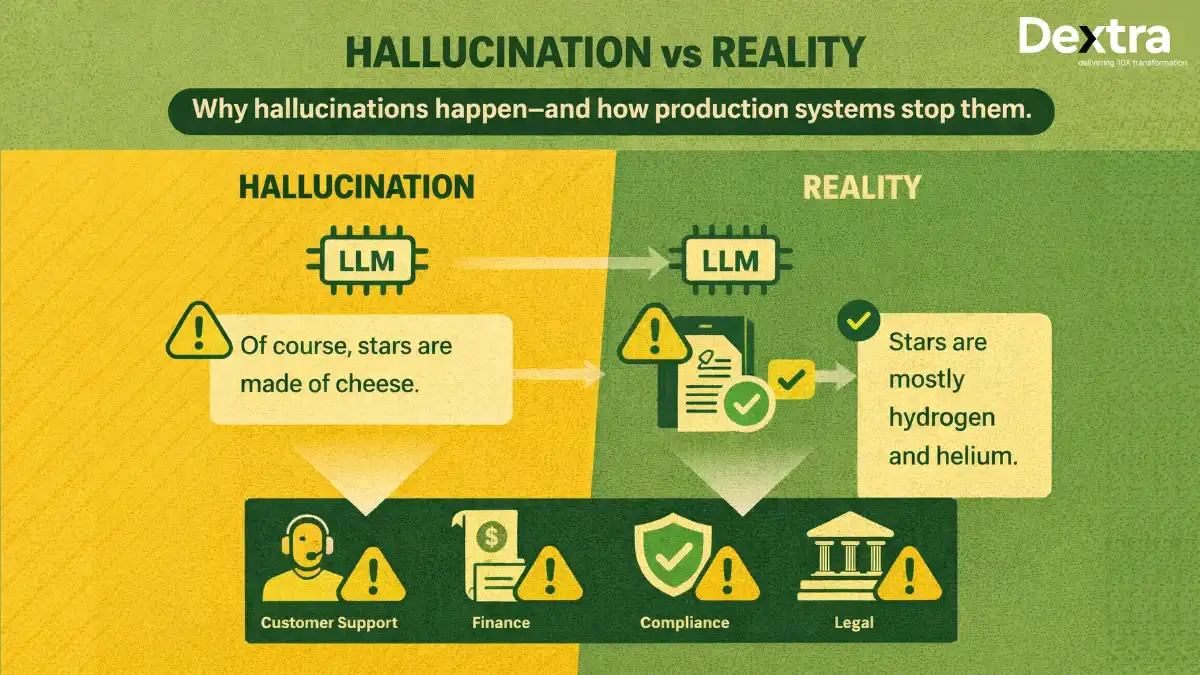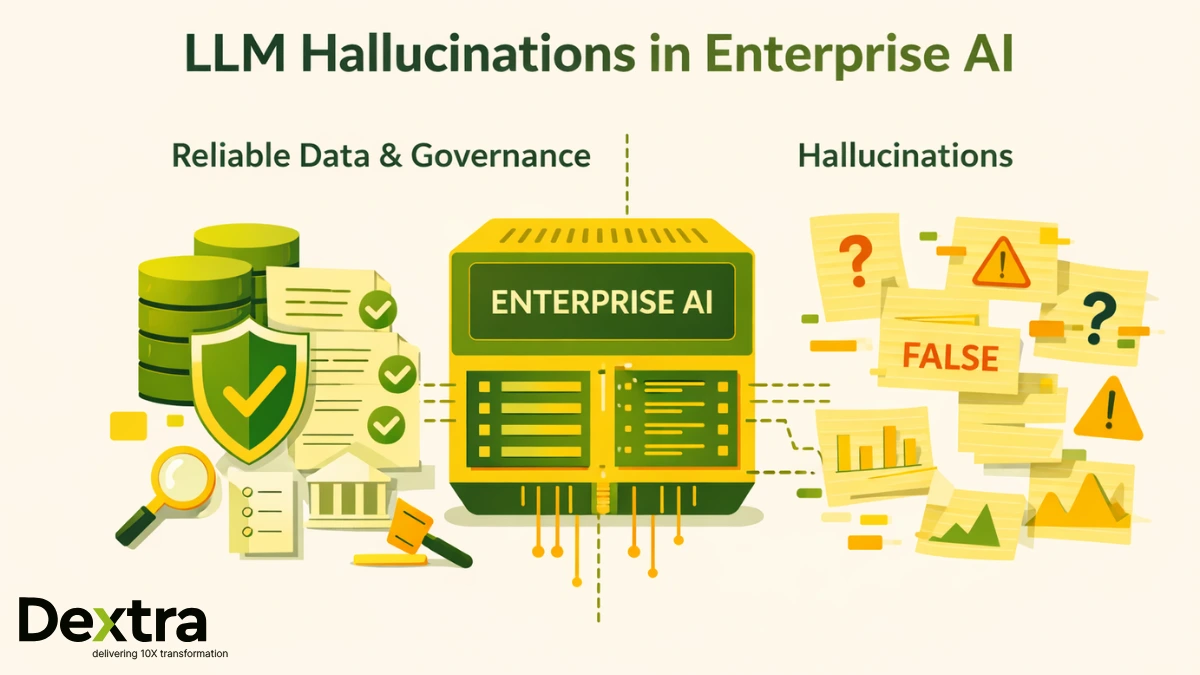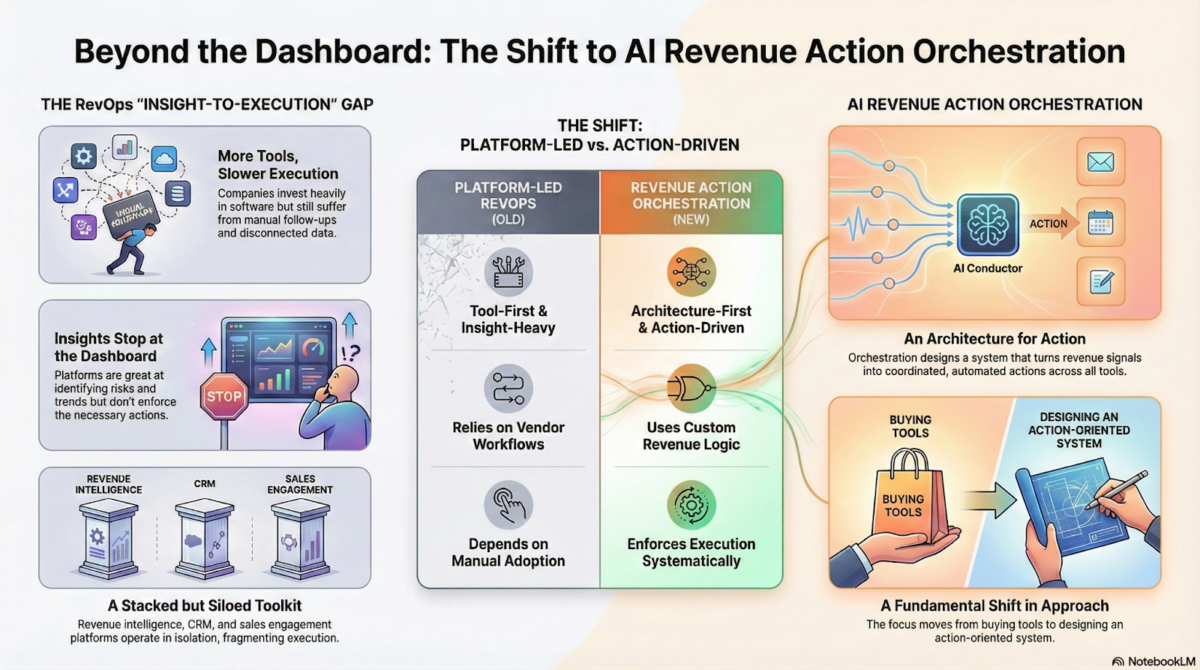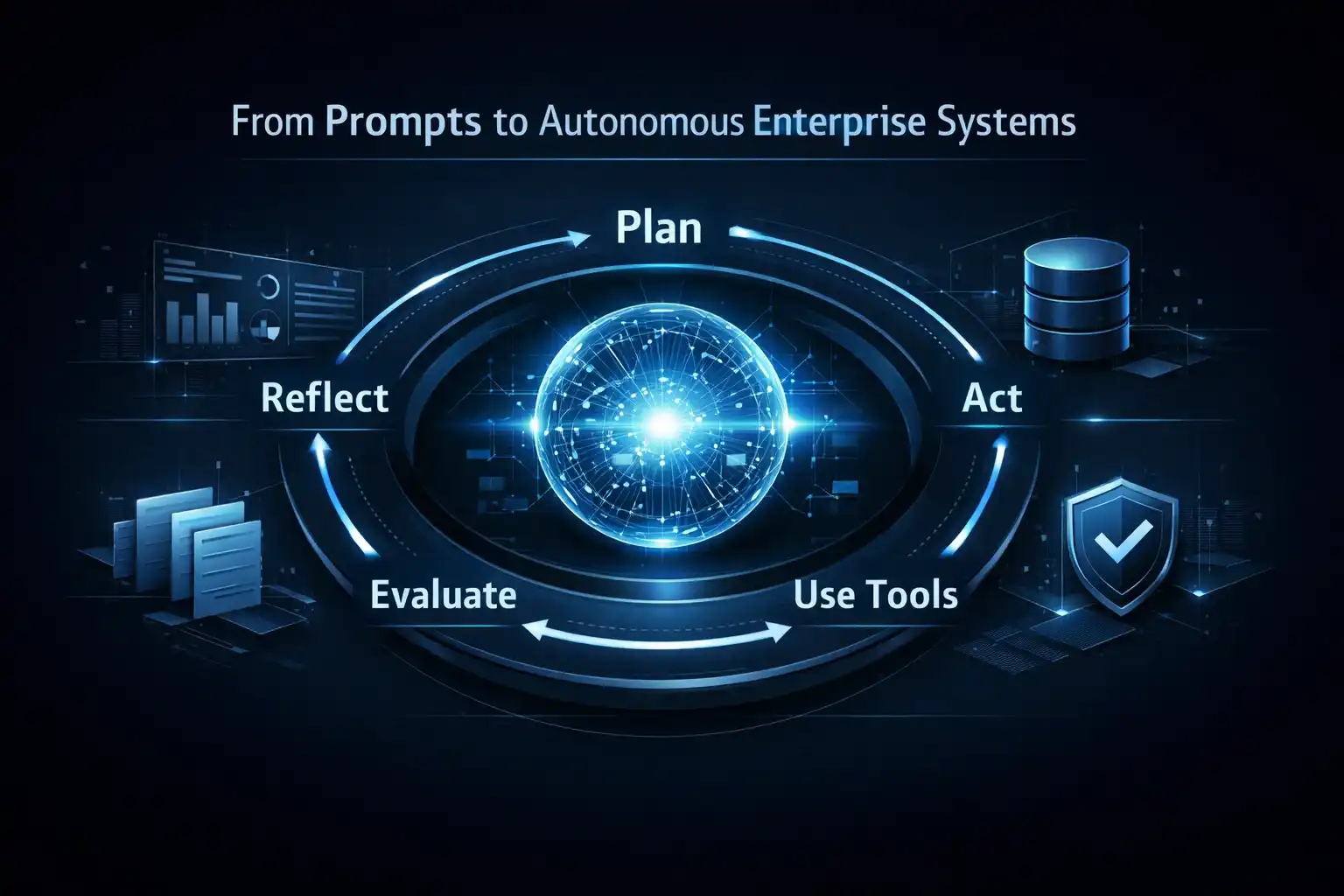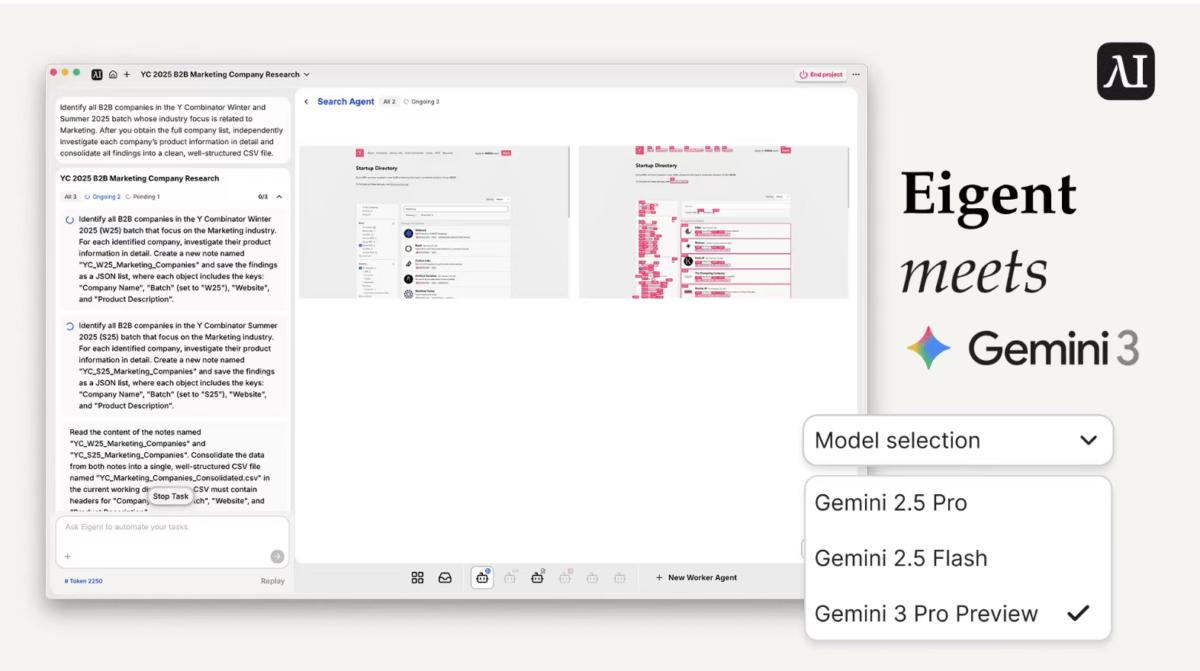Companies that are adopting a product led growth strategy experience significant increases in revenue growth. Why? It’s because product led growth is better at securing long-term clients or customers and continuously optimizes a business’s operations.
In this article, we are about to explore the deep meaning behind product led growth and its benefits for business world.
What Is Product Led Growth?
Product-Led Growth (PLG) is a business strategy in which the product is used as a main tool for attracting and retaining the target audience. It’s all about letting the product shine and making it easy for users to see its value. The motive behind this strategy is that if the product is good, people will naturally want to purchase it.
Instead of relying heavily on sales teams to convince people to buy, PLG lets the product do the talking. Customers are given the chance to review the product firsthand through free trials or freemium models rather than relying on traditional sales-led processes.
Examples
To give you more context on how PLG works, here are a few examples:
1) Atlassian (Jira, Confluence, Trello)
Product: Project management and collaboration tools.
Atlassian provides free subscription packages for many of its tools so that teams can start using them without investing anything first. As the team grows and gets accustomed to using these products, their requirements increase and become more complex. That’s where Atlassian offers its paid pricing plans, which users are eager to buy after ensuring that project management tools are an important requirement.
2) Grammarly
Product: Writing assistant and grammar checker.
Grammarly is one of the most used grammar-checking tools in the world. It gained a widespread audience by offering a freemium model where users can access basic grammar and spelling checks for free.
Its premium features, like advanced suggestions and plagiarism detection, are available to paying users. When marketing departments, agencies, or individuals use the free version, immediate feedback on writing quality encourages users to adopt and eventually upgrade.
Purpose of Product-Led Growth in Companies
Now, it’s clear what is PLG but what is the whole purpose of this in companies? The short answer is that PLG is used to leverage the product itself as the primary driver for customer acquisition, engagement, retention, and expansion. This strategy shifts the traditional focus from sales-driven efforts to creating a product that automatically attracts and retains users through its value and user experience.
When you allow potential customers to experience the product themselves through free trials or freemium models, it reduces friction in the buying process. Users get to self-educate and realize the product’s benefits on their own.
PLG creates a customer-centric culture where all departments are aligned to ensure that the product meets user needs. This way your business can get organic growth through word of mouth promotions and nurtured user advocates. So, PLG aims to build a scalable and efficient system that prioritizes customer success through the product’s intrinsic value.
Pillars of Product-Lead Growth Strategy
Product led growth strategies are built on the following pillars:
- Design with the end user in mind.
- Provide value before seeking to gain value.
- Develop the product with a focus on market readiness.
How to Create a Product Led Growth Strategy?
Here are some important steps you need to go through to build your product led growth strategy:
Step 1: Understand Your Market and Audience
Start by comprehensively researching your target audience and market trends. List down their needs, pain points, and preferences to design an approach that can tailor your product to meet their needs.
The best way is to create detailed buyer personas that include demographic information, user behaviors, and motivations. This step ensures that your product development efforts are aligned with your potential customers’ expectations.
Step 2: Design an Intelligent and Valuable Product
Focus on building a product that is user-friendly and delivers immediate value. The product should have a clean and user-friendly interface so users can easily understand its features without guidance. Remember, the goal is to make the first interaction so impactful that users can quickly see product’s value and become more inclined to buy.
Step 3: Implement Self-Service Onboarding
Develop a self-service onboarding process that allows users to start using your product with minimal friction. You can add in-app tutorials, guided tours, tooltips, or a knowledge base community. This onboarding process should highlight the key features and guide users to achieve their first interest or “aha moment” as quickly as possible.
Step 4: Offer a Freemium or Free Trial Model
Provide potential customers with a way to try your product for free. You can create a freemium model where users can enjoy basic features without paying or simply give a free trial. Such value-added offerings lower your product’s barriers and compel users to explore more.
Step 5: Leverage Data and Analytics
Data analytics is used to understand user behavior and identify patterns that lead to successful product usage and conversions. It helps you to track key metrics such as activation rate, time-to-value, feature adoption, and churn rate. This data is important as it helps you to refine your product as per user deamnds and smooth out the onboarding processes.
Step 6: Promote Cross-Functional Collaboration
All departments within your organization should align with the PLG strategy. Marketing, sales, product, and customer success teams should work together towards common goals centered around improving the user experience. This collaborative culture maintains a unified approach to growth and ensures that every team’s actions contribute to the PLG strategy.
Step 7: Prioritize Customer Success and Support
Provide excellent customer support and resources to help users get the most out of your product. You can start by making a comprehensive support system that includes FAQs, tutorials, webinars, and a responsive customer service team. Also, try proactively engaging with users to understand their challenges and gather feedback. This focus on customer success helps reduce churn and turns satisfied customers into advocates who can drive word-of-mouth growth.
Step 8: Iterate and Optimize Continuously
The most important step is to adopt an agile mindset and be prepared to iterate on your product and strategy based on feedback and data insights. It helps you fix issues in your products and add new features through regular updates.
You should also conduct A/B tests to experiment with different approaches and optimize your products. In this way, your product remains competitive and aligned with user expectations through continuous improvements.
Benefits of Product Led Growth in a Business
Product led growth has proven to be a successful growth strategy as it provides the following benefits:
- Lower Customer Acquisition Costs: Reduces reliance on traditional sales and marketing efforts, which lowers customer acquisition costs.
- Shorter Sales Cycles: PLG accelerates sales by enabling potential customers to experience the product’s value immediately.
- Enhanced UX and Satisfaction: PLG increases focus on product quality and user experience that retains your customers.
- Increased Customer Retention and Loyalty: PLG forges stronger customer relationships by continuously delivering value through the product.
- Organic Growth and Virality: Products that deliver high value and a great user experience naturally encourage word-of-mouth marketing.
- Higher Revenue Per Employee: With PLG, businesses can achieve more with fewer resources.
- Alignment Across Teams: PLG requires a collaborative mindset across all business departments.
- Better Data Insights and Decision Making: PLG leverages extensive data collection on user behavior and product usage, which helps in informed decision-making.
- Competitive Advantage: Adopting a PLG strategy can provide a significant competitive advantage as your product becomes prominent for delivery value for free.
- Resilience and Adaptability: PLG businesses are more resilient and adaptable to market changes as there is always room to improve product along its life cycle.
Challenges of Product Led Growth in a SaaS Company
Adopting a PLG strategy doesn’t come without its challenges, such as:
1. Initial Investment and Development
Creating a product that can effectively drive growth requires a substantial initial investment in development. The product must be up to the mark and capable of demonstrating its benefits quickly to users. This means investing in high-quality design, user experience (UX), and strong feature sets, which can be costly and time-consuming.
2. Measuring Success
PLG relies heavily on data and analytics to track user behavior patterns However, collecting, analyzing, and acting on this data can be complex. Companies need to purchase advanced analytics tools, human resources, and expertise to interpret data correctly and make informed decisions.
3. Balancing Free and Paid Features
Deciding which features to allow use for free and which to reserve for paid plans is a tricky aspect of PLG. The free offering must be valuable enough to attract and engage users yet limited enough to incentivize upgrades to paid plans. Achieving this balance requires a deep understanding of customer needs and behaviors. If you get it wrong, it can result in either low conversion rates or underutilization of the free product.
4. Competitive Pressure
Standing out with a product-led approach in highly competitive markets can be difficult. Competitors can quickly copy successful features or strategies. This is why continuous innovation and improvement is needed. To maintain this competitive edge, you need constant iteration and adaptation based on user feedback and market trends.
5. Risk of Over-Dependence on Product
While PLG stresses the product as the primary growth driver, there is a risk of neglecting other important aspects such as brand building. Businesses need a balanced approach that uses the strengths of PLG while adding other growth strategies that can be more effective in the long run.
Product Led Growth vs Sales Led Growth
Product-Led Growth and Sales-Led Growth are two distinct business growth strategies. PLG focuses on presenting the product as a vehicle for attracting and retaining customers. It allows users to reap the benefits of a product’s features and make a judgment based on their experience. It doesn’t require huge sales or marketing investments but relies on the product to do the job.
On the other hand, SLG relies on traditional sales methods to drive business revenue and generate leads through marketing efforts. In this model, the sales cycle is longer and more resource-intensive. While SLG can be effective for high-value, complex products that require a consultative selling approach, it results in higher CAC and creates friction in the buying process.
Conclusion
Product led growth for business is a strategy that enriches customer experience throughout their purchase journey. It ensures that a company generates organic leads without paid sales or marketing efforts to save costs and drive highly-interested buyers to their business.
To build a product led growth strategy in your SaaS business, make sure that you do not overlook its pillars. Also, ensure that your whole team is focused on adding value to each stage of the product development cycle. It will ensure that the final product is good enough to meet the expectations of its intended audience.
FAQs
Q. Is Apple a product led growth business?
Apple uses both a product led approach and traditional marketing strategies. Their products are made to provide high-quality and optimal user experience to drive significant attraction. But the company also uses heavy marketing and sales efforts to promote their products.
Q. When was the concept of product led growth developed?
The concept of PLG gained popularity in the early 2010s due to the rise of SaaS businesses. These businesses need scalable, cost-effective strategies to grow their business and also have the capability to offer freemium models. That’s how PLG was rapidly adopted across industries.
Q. What is the meaning of product qualified sales?
Product Qualified Sales (PQS) is a sales approach in which leads are identified based on their interaction and engagement with the product. For example, reaching specific usage milestones or showing active interest, which implies they are ready for a sales conversation.


